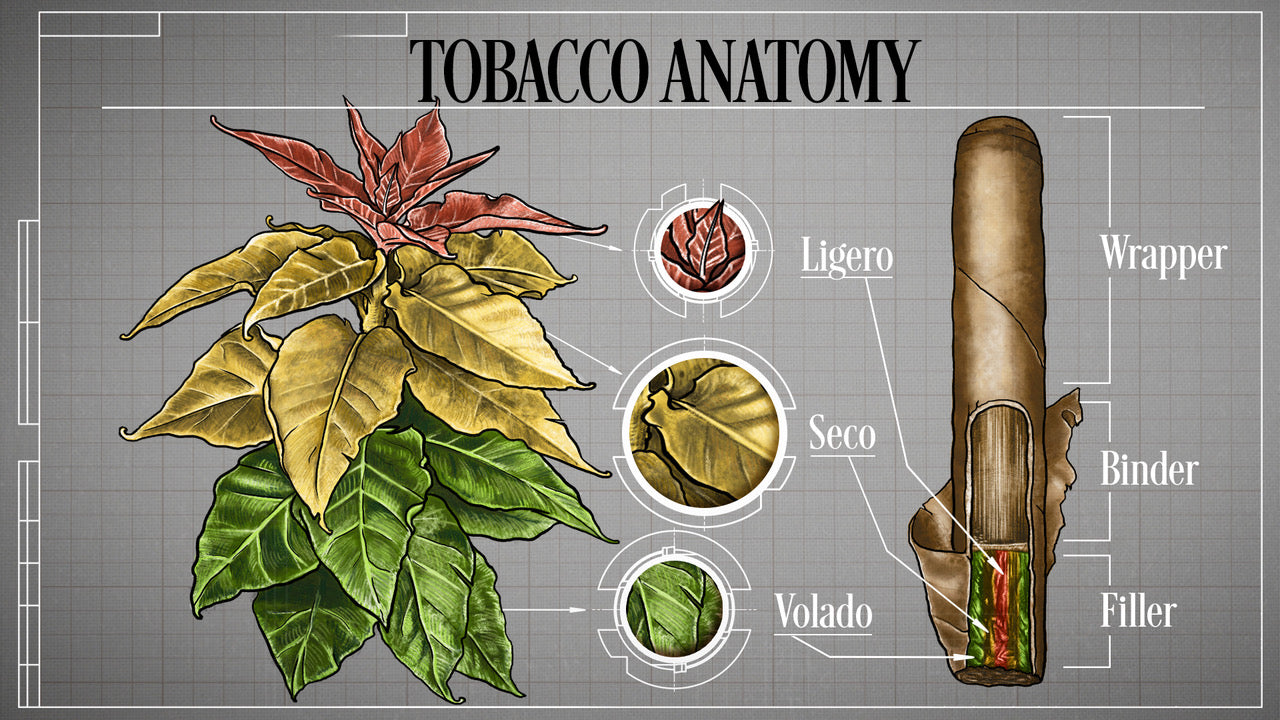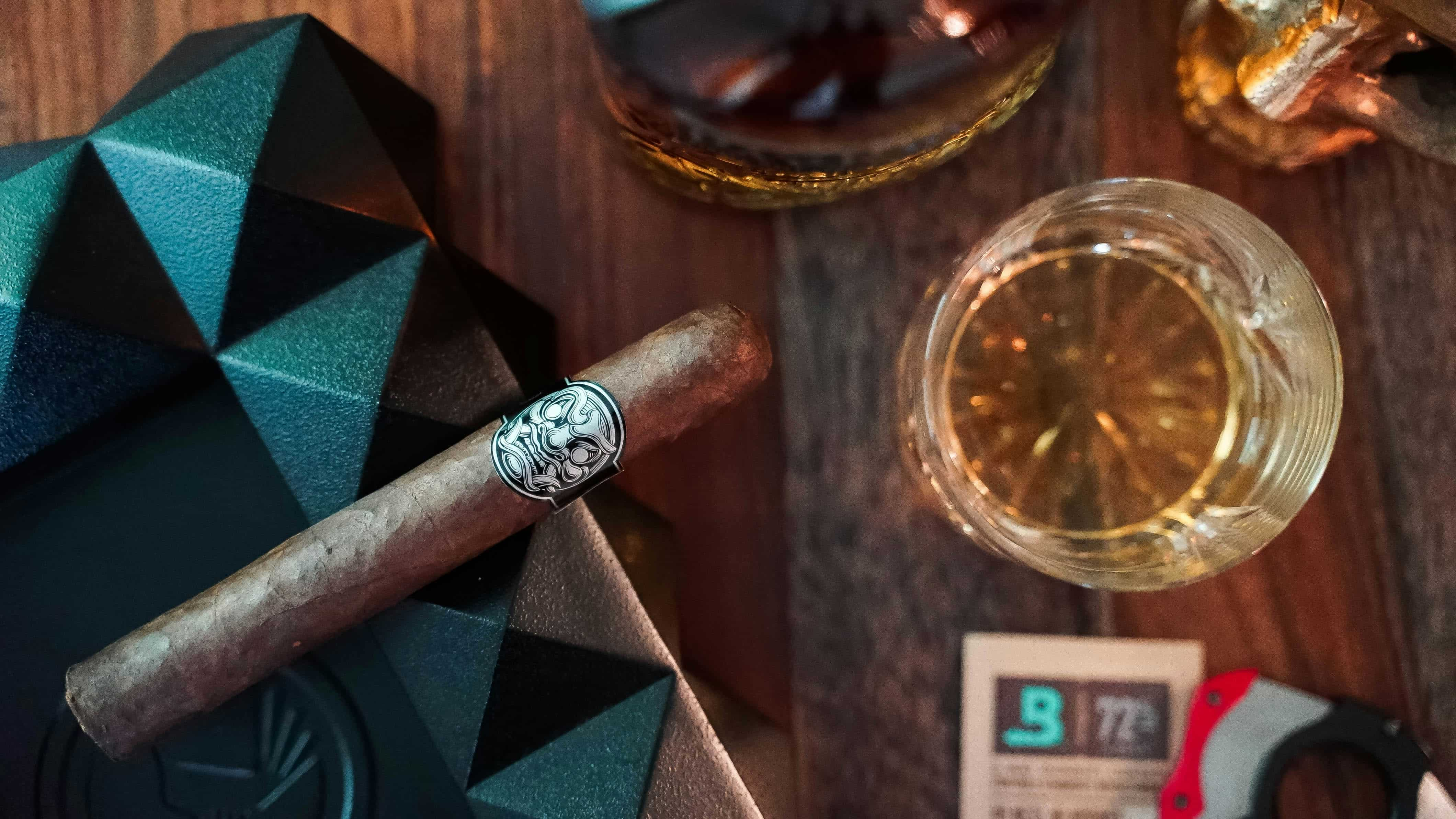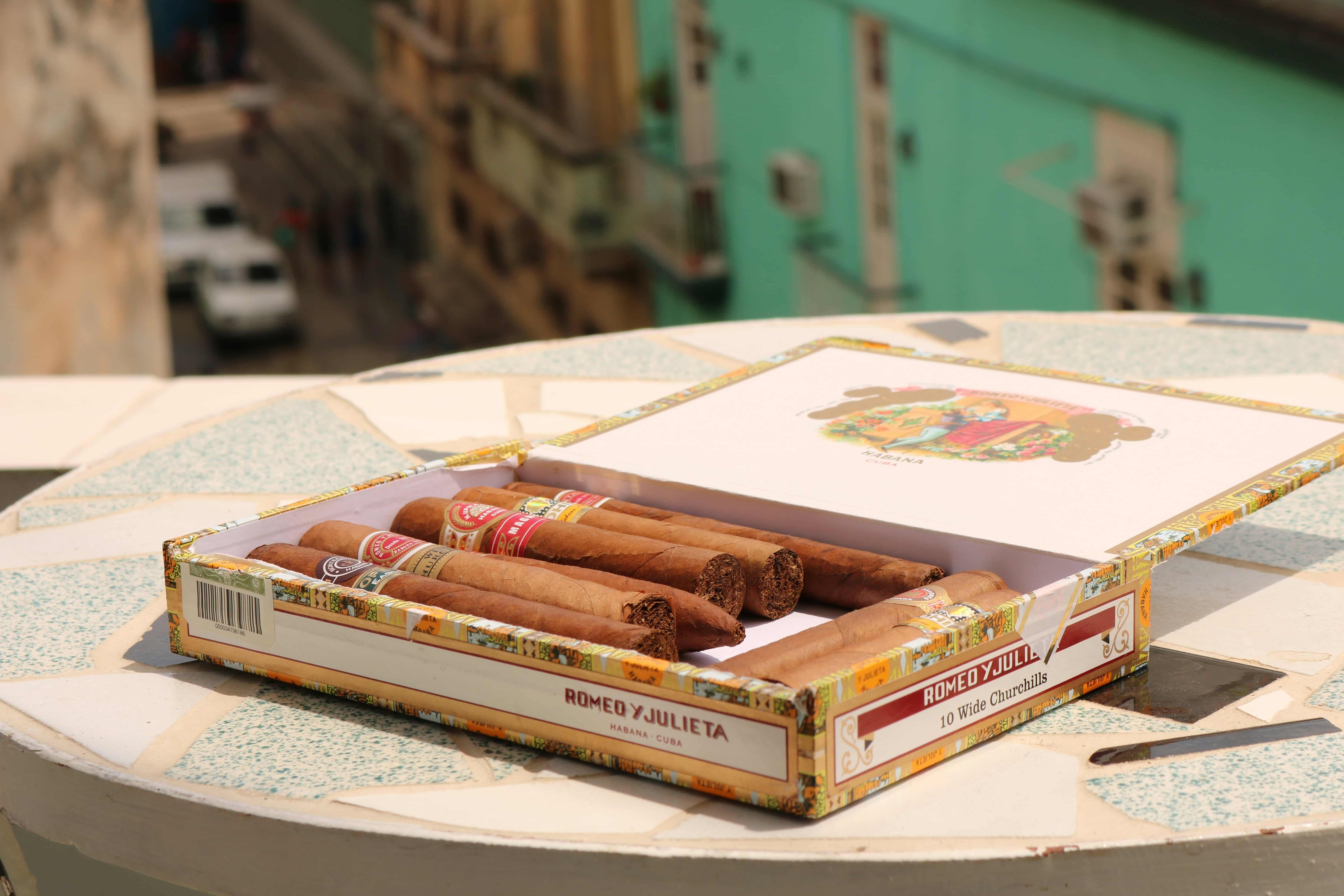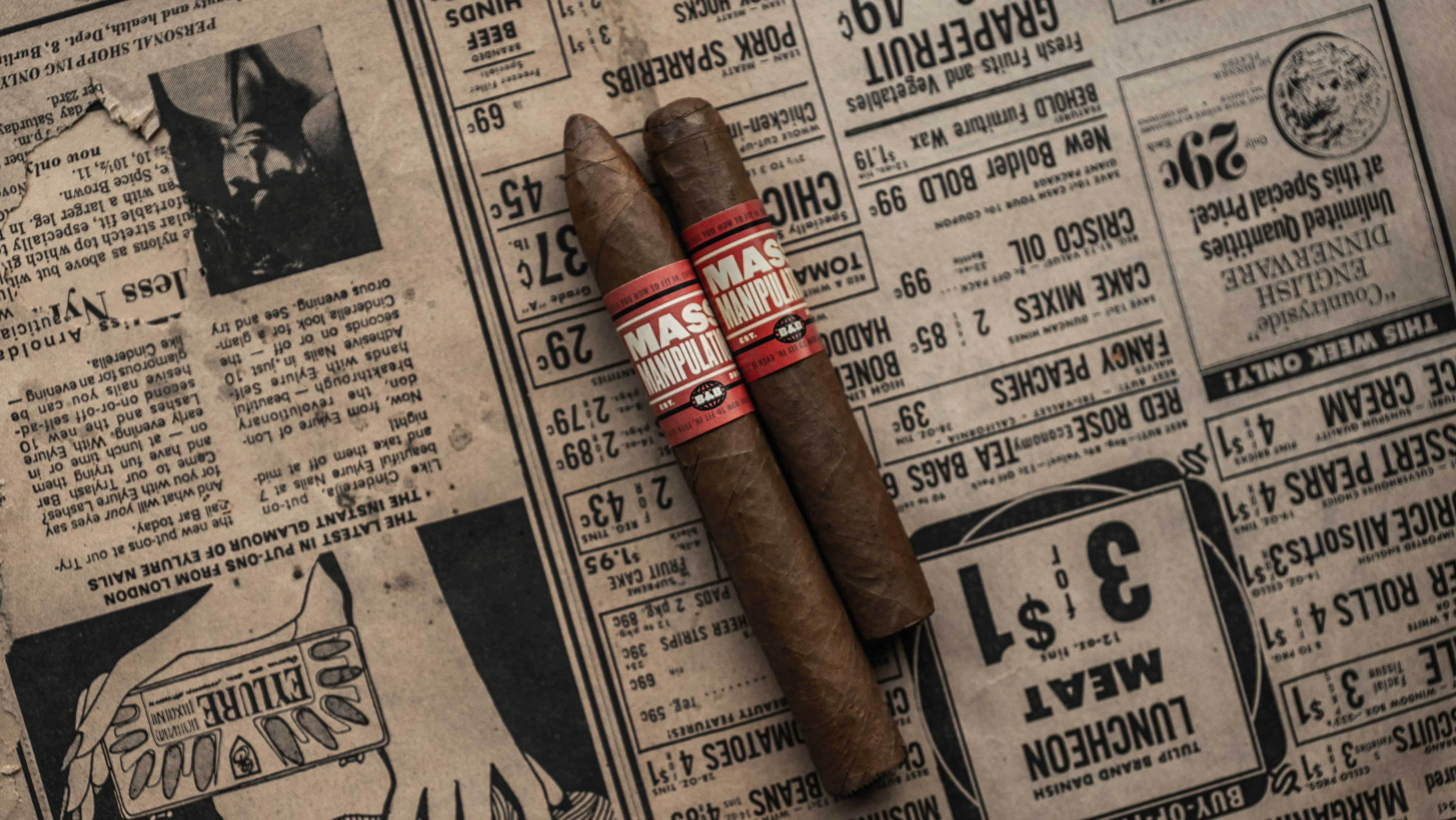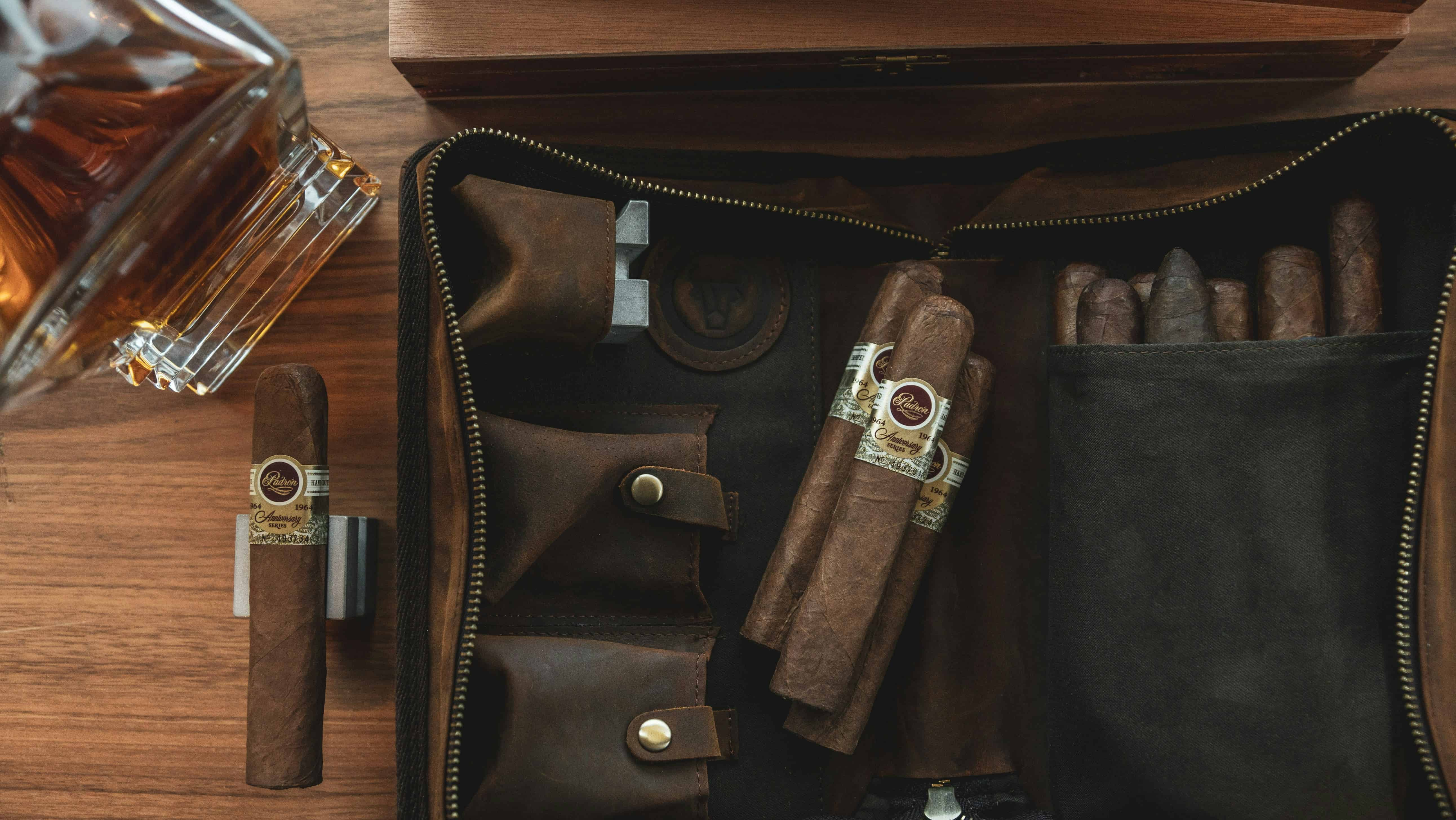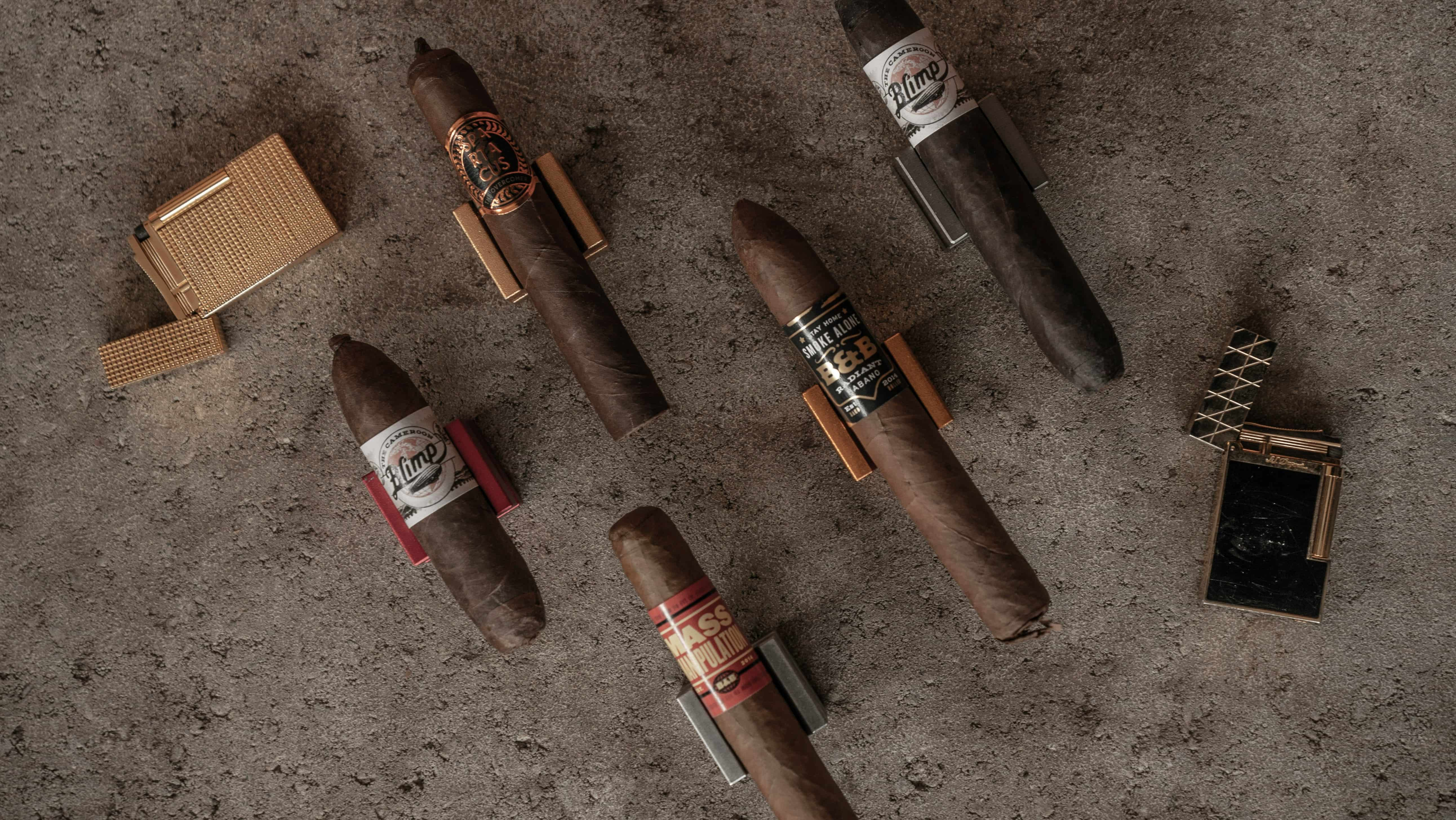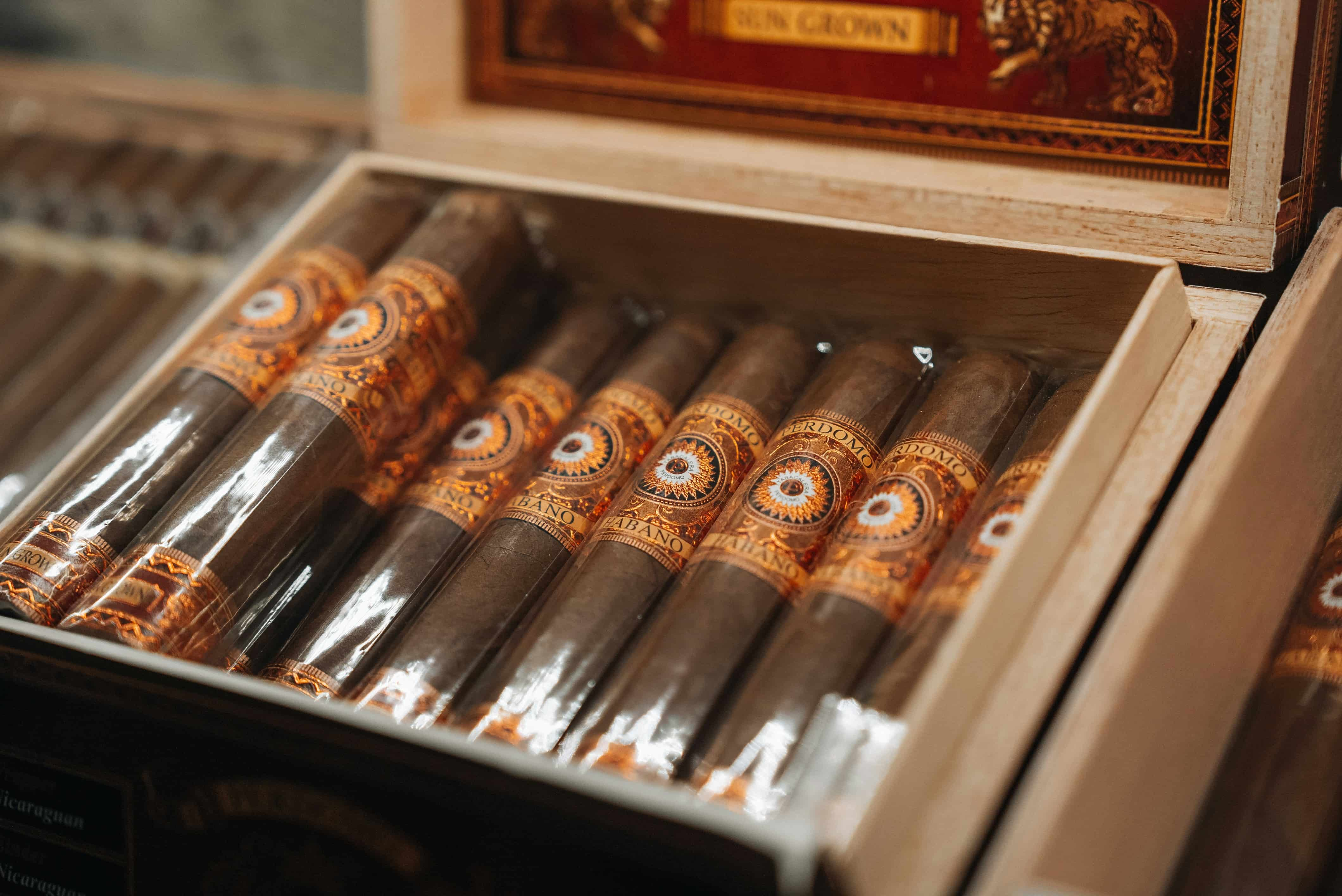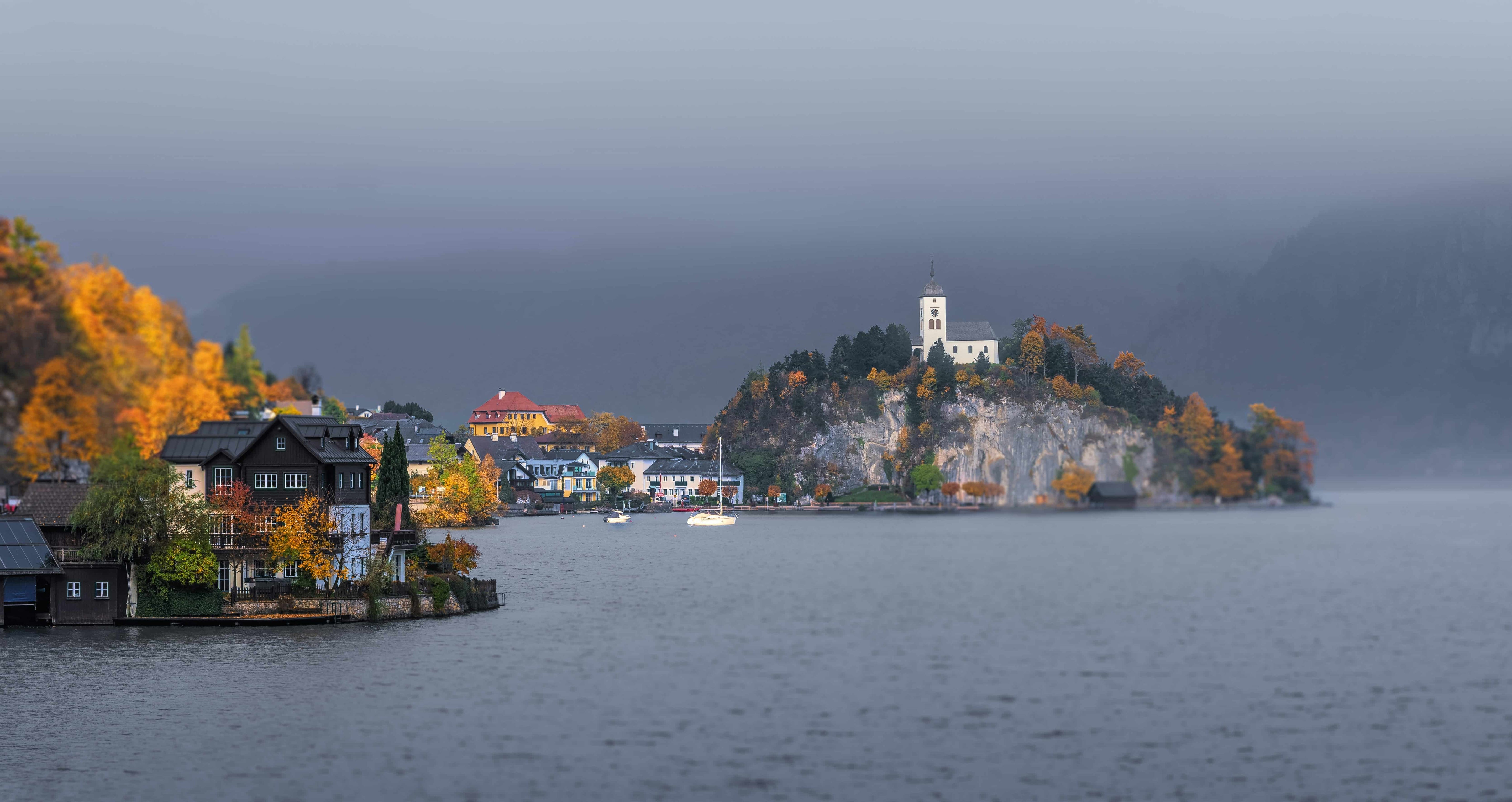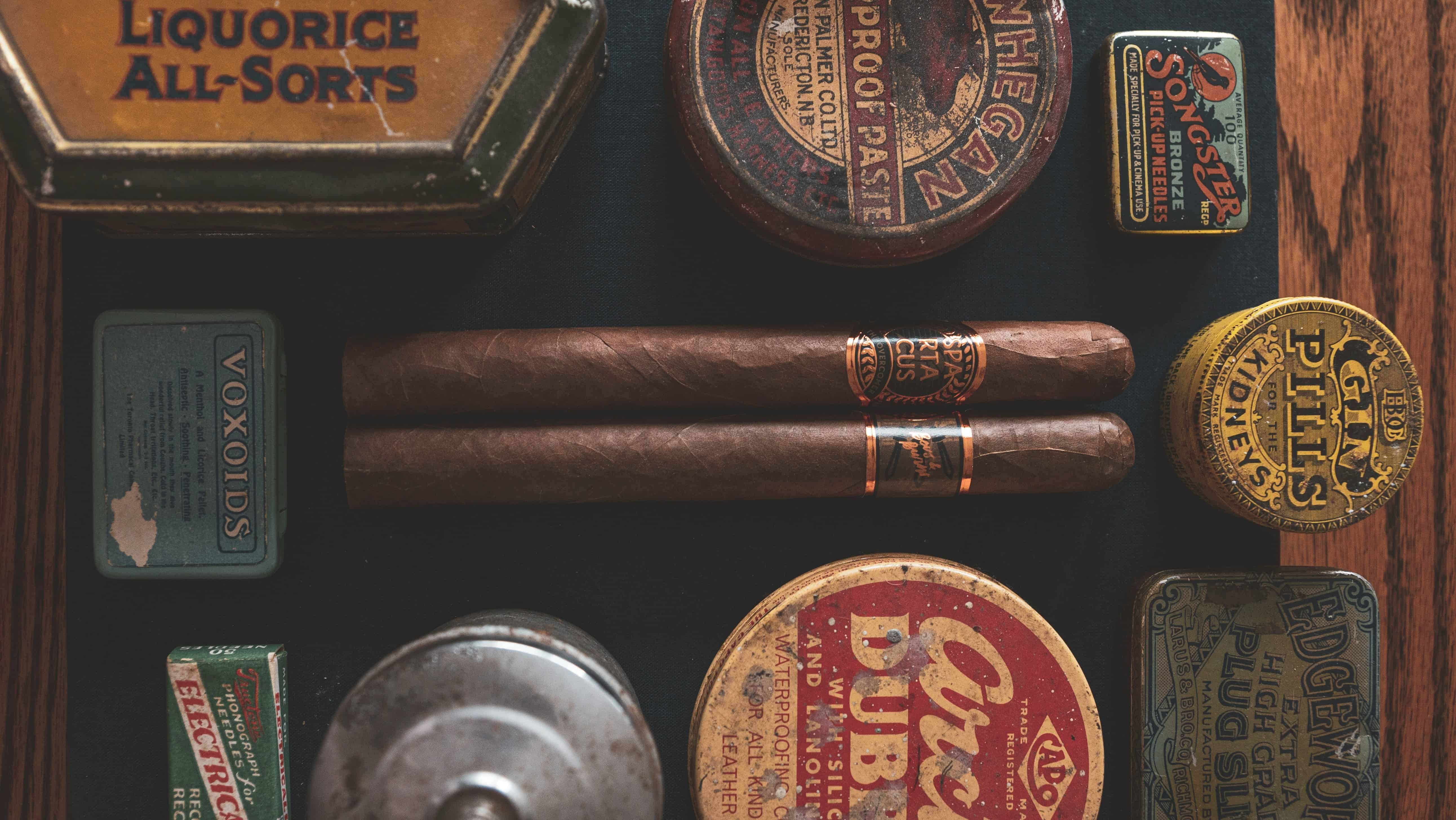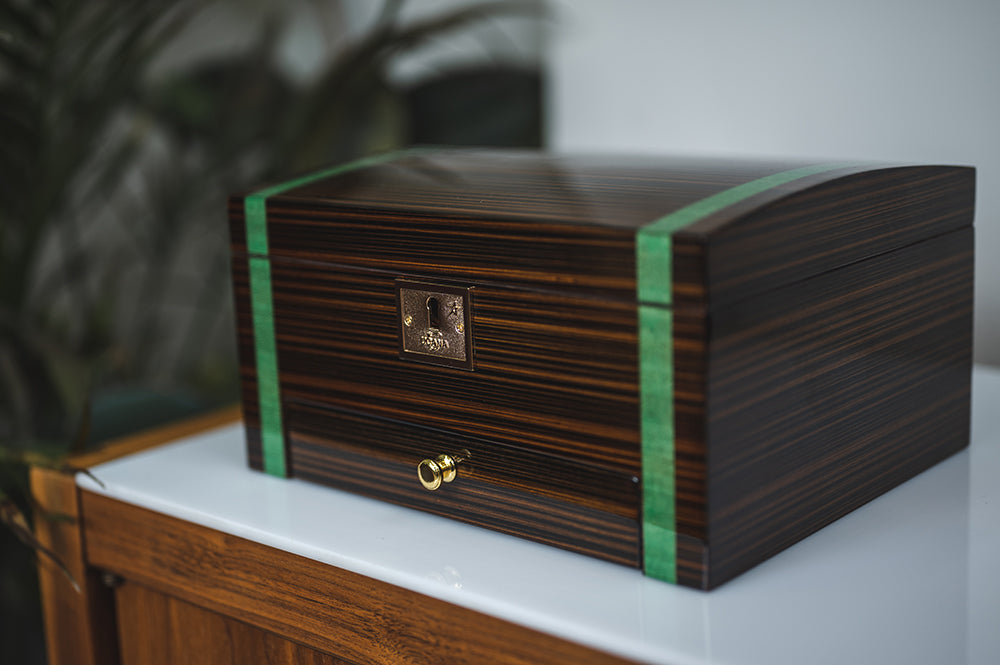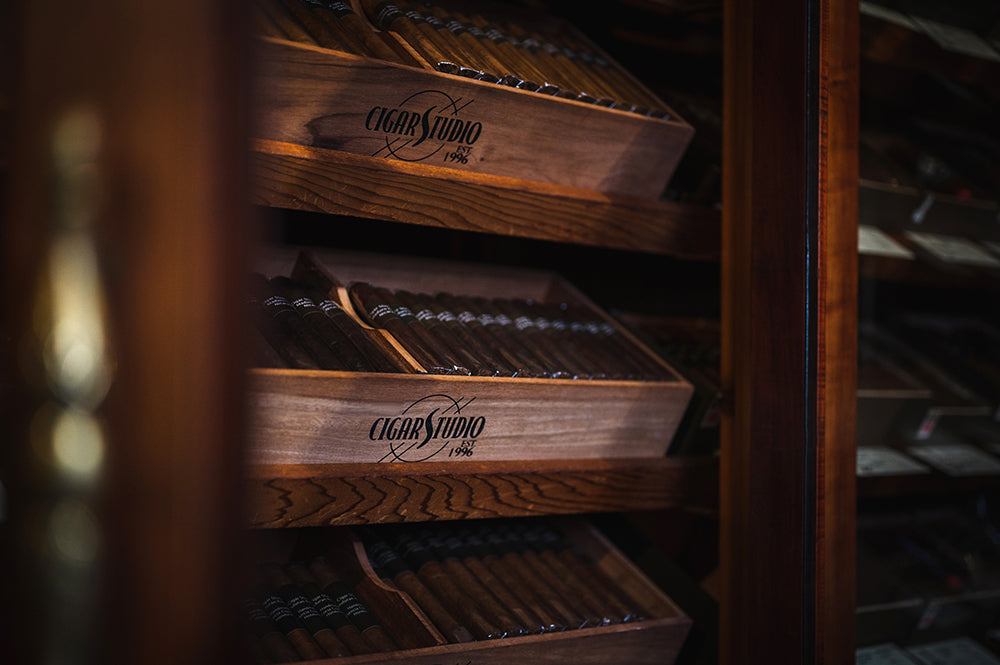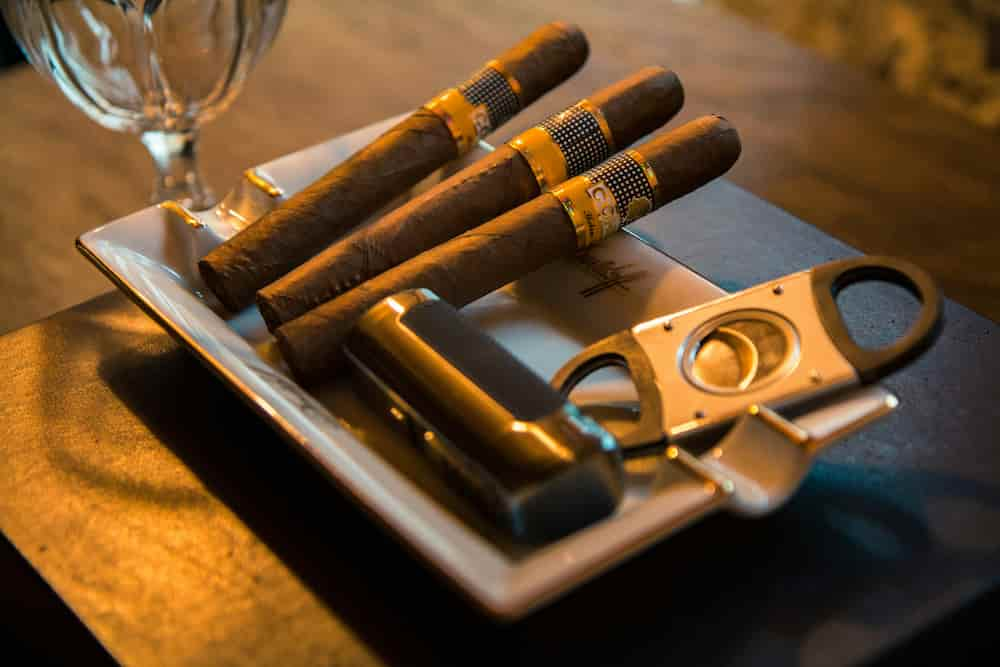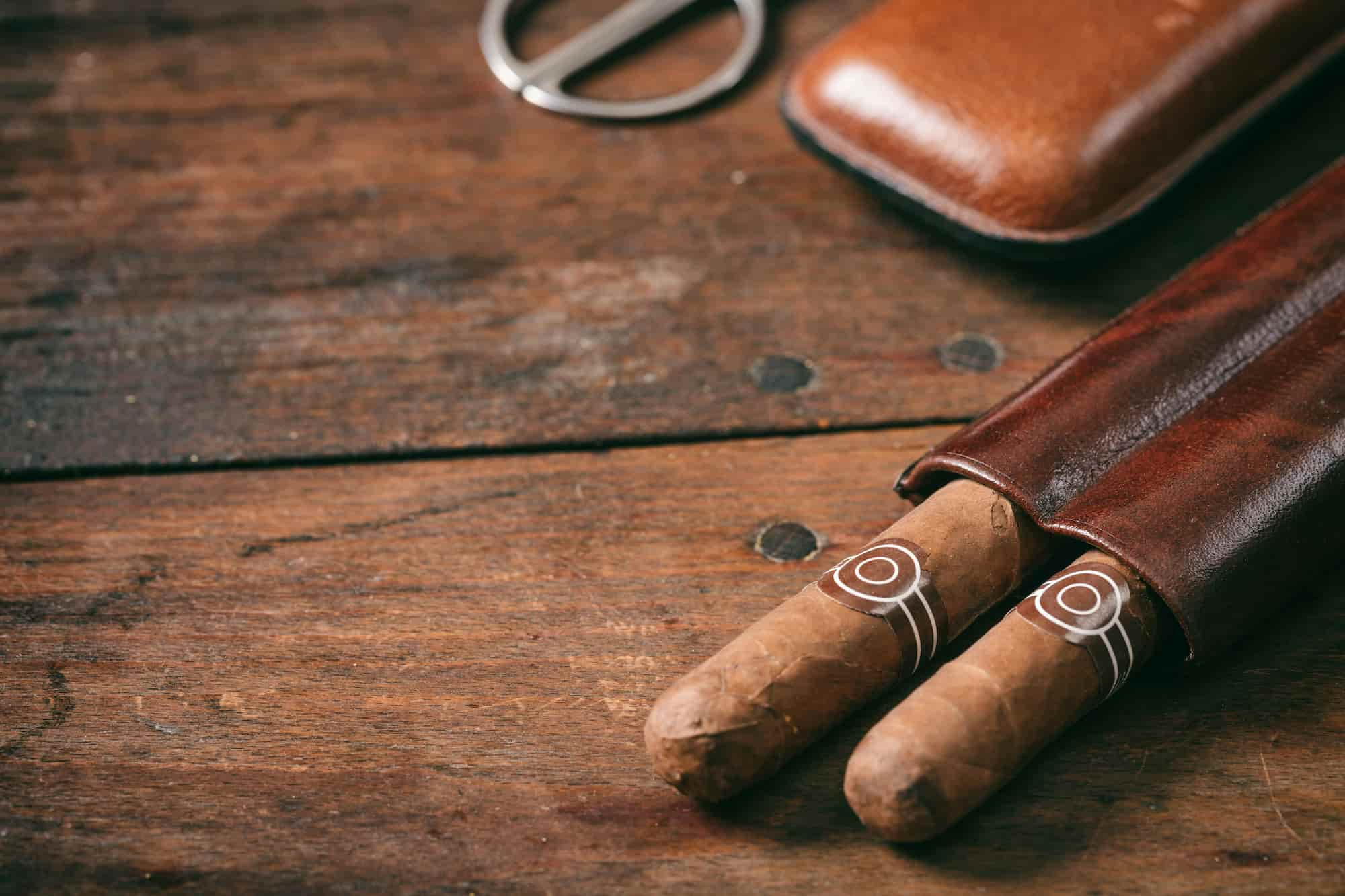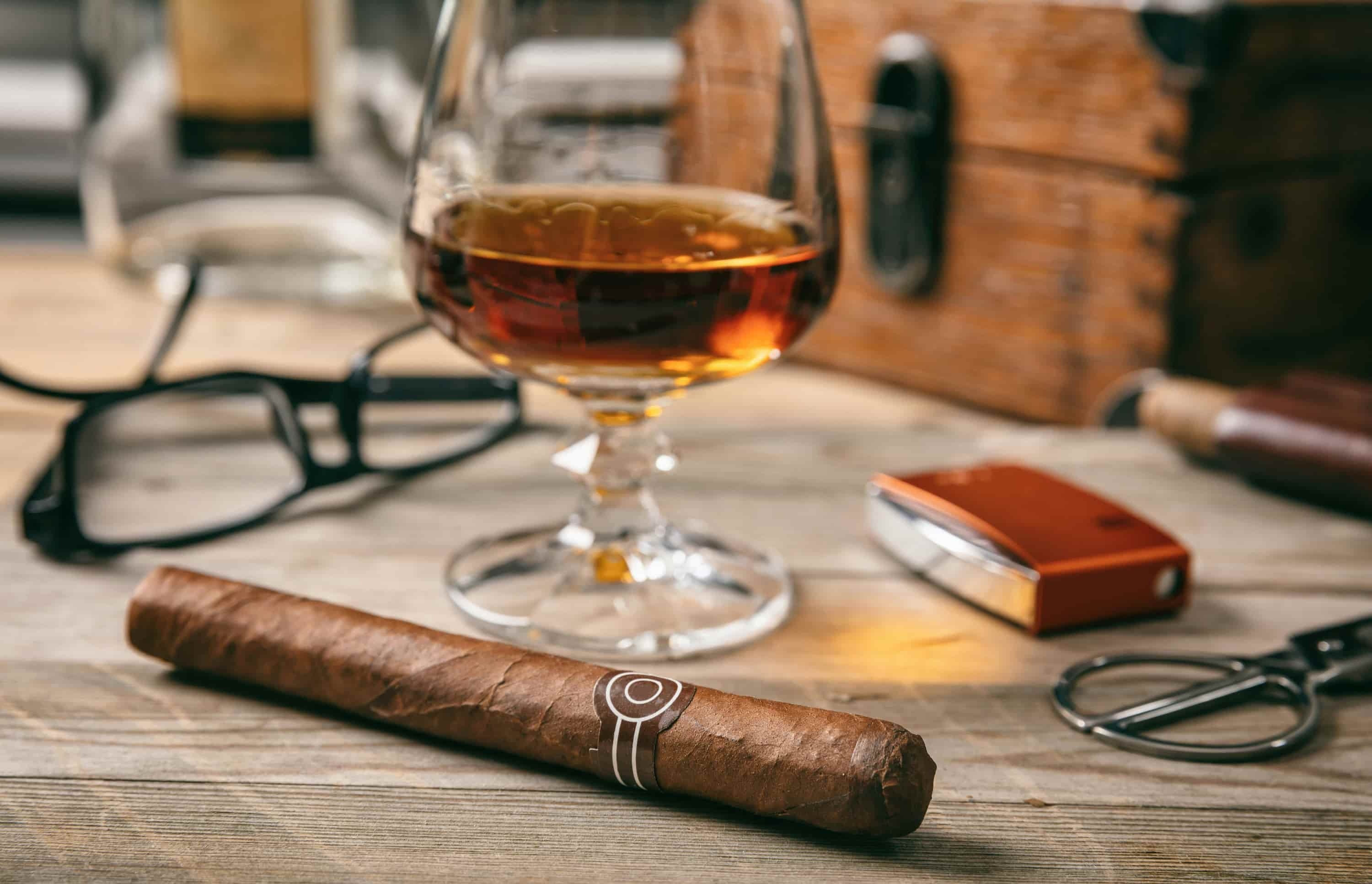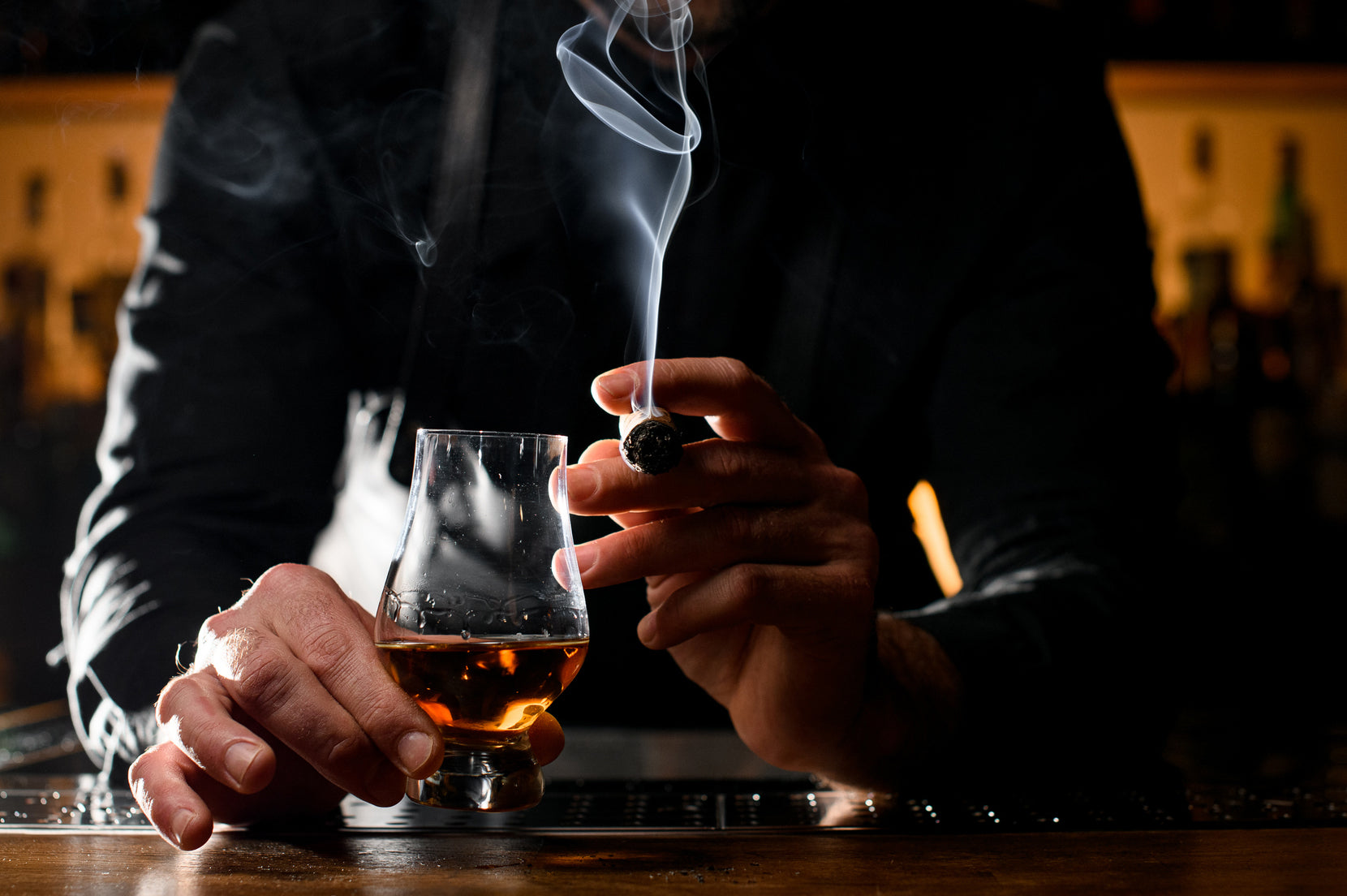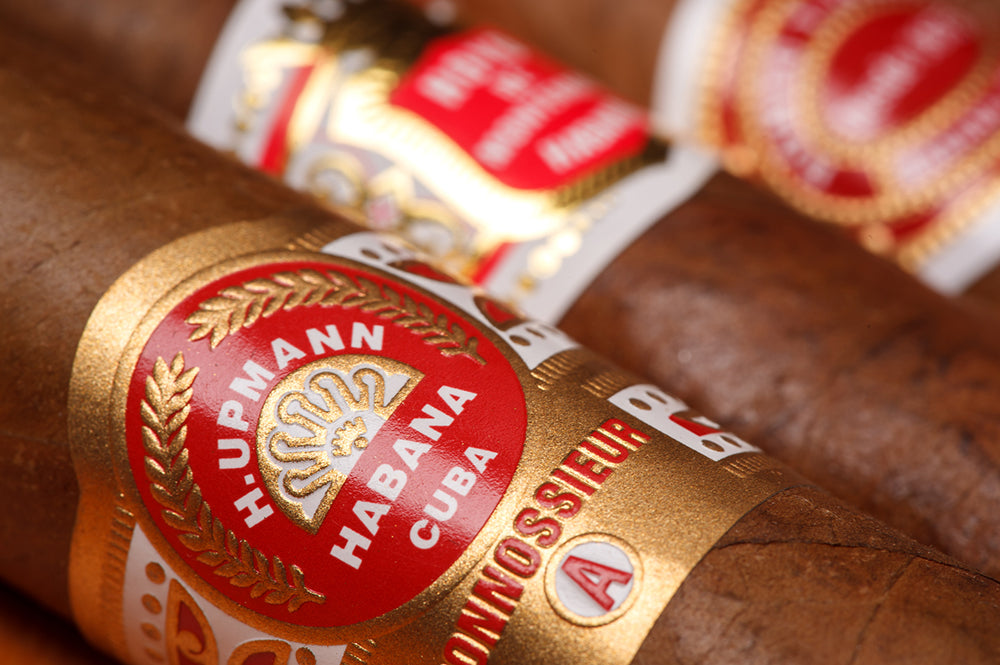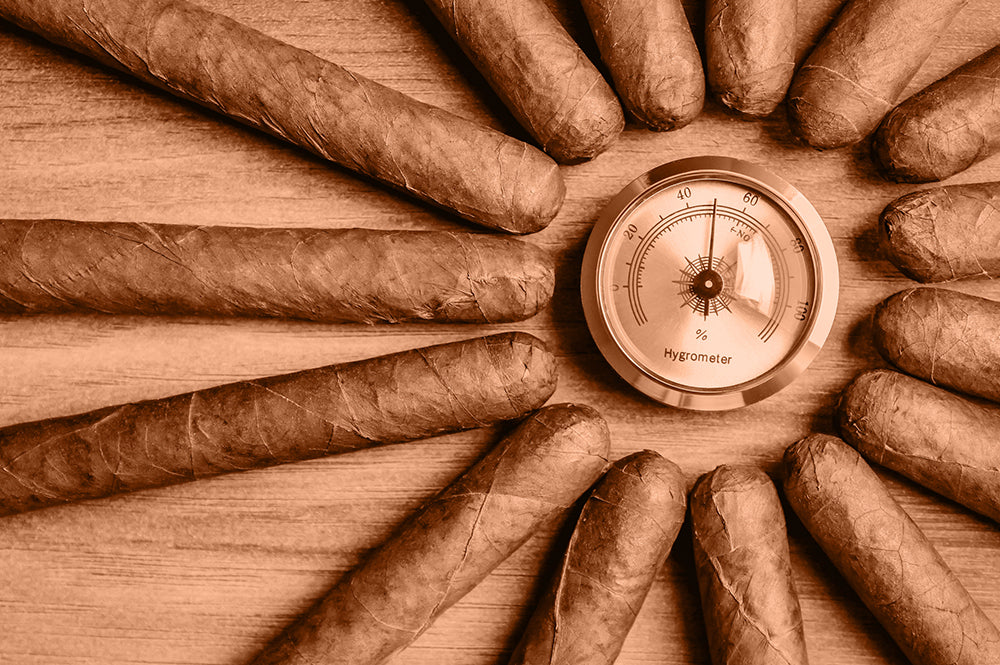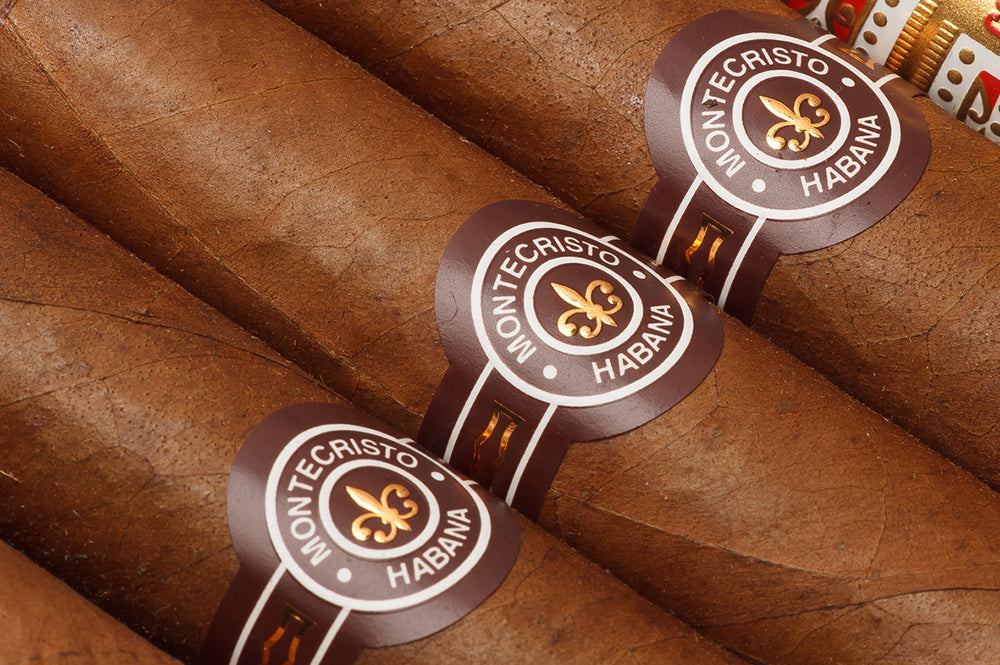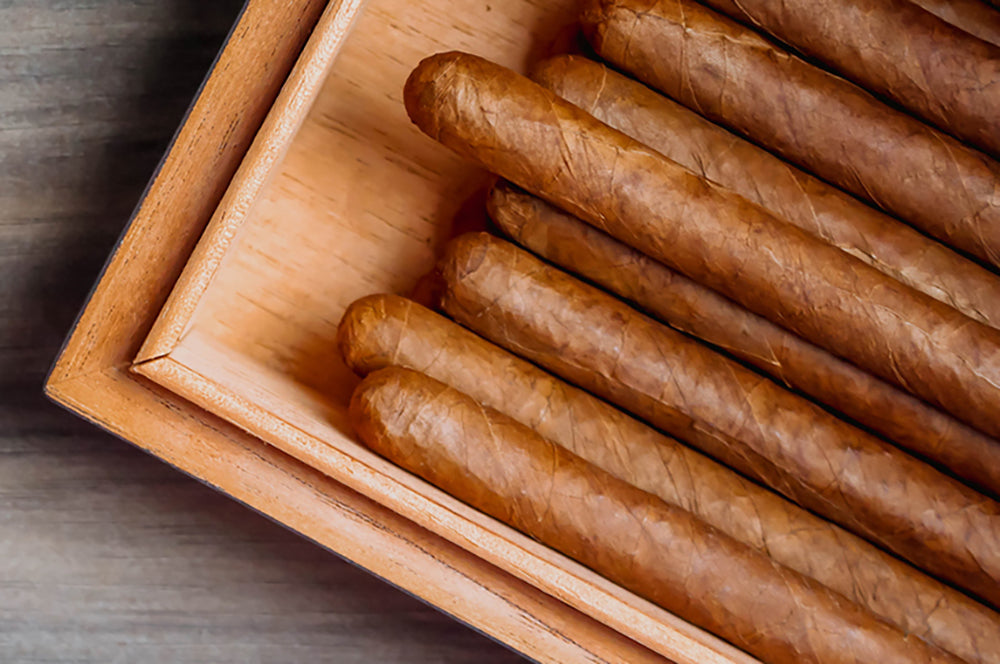We spent some time reviewing the cigar wrapper, and in particular natural wrappers. In this our final session on cigar wrappers, we explore the wonderful world and the magic of those made with maduro leaf.
Maduro Wrappers
Maduro is the second classification of wrappers. Maduro wrappers began to appear in the 50’s and 60’s as the US market demanded more flavor in their cigars. But a distinction needs to be made; maduro wrappers are not a variety of a tobacco plant – they are not grown naturally. Rather maduro wrappers are a by product of the 2nd stage of prepping tobacco to go into cigars, the fermentation process. And in its simplest form, fermentation is basically controlled decay.
Note – all tobacco leaves go through some variation of fermentation, but maduro tobacco goes through a more vigorous process, which requires a heartier leaf to begin with. This is why broadleaf tobacco described in the previous section, (or Mexican San Andreas tobacco, described next) is often what is used to produce maduro leaf, as both can stand up to a more rigorous fermentation process, necessary to “make” maduro wrappers. Also, while most natural wrappers use seco leaves, maduro wrapper can sometimes be sourced from the ligero section of the tobacco plant, again because that section of the plant is heartier/stronger allowing it to withstand the rigor of longer fermentation.
 Broadleaf tobacco leaves. Following 4-6 weeks of curing, these are ready for fermentation.
Broadleaf tobacco leaves. Following 4-6 weeks of curing, these are ready for fermentation.
Making maduro tobacco – Following curing, leaves that are selected to be wrappers – almost always from the seco leaves of a tobacco plant – are moistened then placed on top of each other such that huge bales and stacks are created often 5′ – 6′ square. These are called burros or pilons. The moist tobacco breeds bacteria which produces heat. Because these burros are so large with so many leaves piled on top of each other, the heat begins to build up in the center of the burro and the tobacco leaves undergo great chemical and physical changes. This fermentation (ie. controlled decay) process is very similar to what happens in your compost pile except that experienced workers ensure that the leaves never begin to decompose. They do this by carefully monitoring the temperature in the middle of the burros and as heat builds up to approximately 90° – 100° F, the leaves in each pilon burro are rotated from top to bottom and the burro is rebuilt. This process is repeated 8 – 12 times and each time the heat is allowed to build up until it reaches the desired temperature. Eventually, the heat build-up is less and less with each rotation and fermentation is effectively over.
 Factory workers rotating broadleaf tobacco in a pilon in order to carefully control the heat buildup while making maduro leaf.
Factory workers rotating broadleaf tobacco in a pilon in order to carefully control the heat buildup while making maduro leaf.
Maduro tobacco has some subtle but important changes in its fermentation process. Heat is allowed to build up a little more and the leaves are rotated less often, which is why the heartier broadleaf variety is often used. As the heat builds up, ammonia, water, and plant sap are released and the starches in the leaves begin to turn into sugars and get darker with each rotation. This stage is also called “sweating the tobacco” as ammonia and water are literally sweated out of the leaves. Fermentation actually changes the characteristics of the leaves as the molecules within the tobacco are broken down. The release of ammonia and other nitrates help to reduce the nicotine, tar and acid content in tobacco. Maduro fermentation will provide a subtle sweet finish to a cigar, that is particularly easy to detect in milder maduro cigars.
The vast majority of Maduro wrappers are created this way, by a harvesting and fermentation process that uses time and high heat to let the color develop naturally. Maduro cigars also have a thicker feel to them, almost course to the hand, again a bi product of the leaf that was used.
Maduro wrappers do not have all the subtle classifications as described in the natural wrapper section above, but two stand out. The aforementioned Broadleaf as well as leaves from the San Andreas valley in Mexico. Slightly thinner than broadleaf, they are still a beefy leaf, again a requirement for the rigor ness of making maduro.
Some final notes on maduro cigars. Just because they are darker does not mean they are stronger. Maduro means “ripe” not strong (that’s “fuerte”). Let’s go back to our drink analogy or in this case beer. A dark stout does not necessarily have a high ABV. Remember flavor comes from the wrapper, strength come from the filler.
A wide variety of cigars with various wrappers. Remember, just because it’s darker does not mean it’s stronger.
We are big fans of maduro’s at Cigar Studio. From the milder CAO Anniversary Maduro’s, Brickhouse Maduro and the Perdomo BBA Maduro to the fuller body Liga Pravada No 9, the Perdomo 10th Anniversary Reserva Maduro Robusto, to our best selling Nicaraguan Maduro House cigars, we carry a wide selection of maduro cigars. Drop by the shop so Cigar Studio staff can help you select the perfect maduro cigar.

